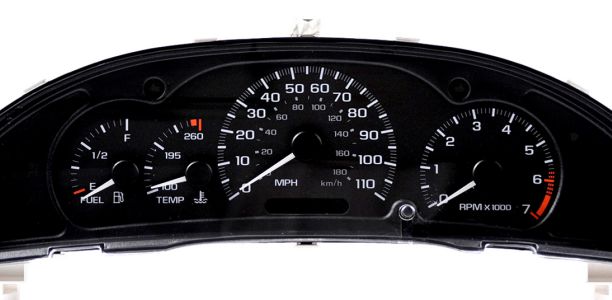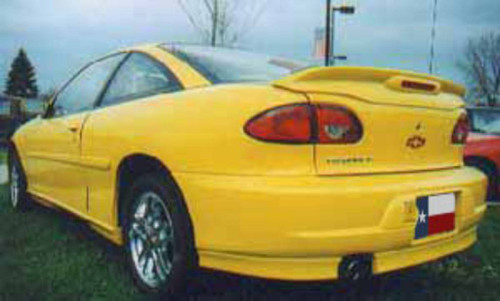

#Dashlights on a chevy cavalier 2000 how to
So let's begin again from that standpoint.startin g with how to describe what your problem is in standard "car language" that everyone understands alike. We might ask why it is that you don't take the car to a shop but, perhaps you are hoping to understand better how to diagnose and correct your car's problems.leaving the visit to a repair shop as the last resort. This is good (post #11) because now we can see that we are trying to assist a person of the female persuasion (or perhaps a male with no previous experience with cars) with her (or his) little Cavalier we also see that her knowledge of engines is superficial-she can identify certain components visible on the engine exterior, but visualizing what's going on inside, systematically, is something that must come with more learning and experience. In that case (which is never the case with a Cavalier), it would be the anode (always +) from which the GND cable should always be disconnected first, connected last and disconnected for testing battery discharge through shorts to ground. My antique Ferguson farm tractor, on the other hand, is positive ground-electrons flow from ground to the battery. The rule, to always disconnect from cathode (from neg/-) first, applies in instances of negative ground vehicles, which is invariably the case with vehicles for a long time now. This nomenclature is a matter of convention. battery terminal from which electrons flow towards ground), irrespective of charging status or any other consideration. To clarify further: a Cavalier's battery cathode will always be the cathode (the neg. (It makes trivial difference whether we consider the the battery cathode to exist at the post or at the the end of a conductor connected to the post the short circuit test with test light would work whether the light was connected post-to-cable or cable-to-ground.) The guest's "anode cable" coinage, albeit that it is not strictly correct-a (battery) cable is merely a conductor that happens to be connected to a battery and has no particular identity of its own-is a trivial matter in that all will understand (even if guest did not) that the ground cable was being described as an extension of the battery post (rightfully spoken, the cathode) to a ground point. Guest's post also violates a hard and fast rule: to never disconnect the "hot" (usually red) cable before disconnecting the ground cable.

The guest with whom you took issue would do well to revise his advice since, if anyone attempted the test as he stated, they could be in for a rude surprise.possibly even a nasty burn.possibly even an explosion. It was the ground (black) cable that should be disconnected from battery cathode (-/neg on Cavaliers). Be sure to specify cables of equal or greater diameter (lesser gauge).if OEM replacements are no longer be available.Īctually the guest's terminology (hence his recommendation) was incorrect.even more than yours. Also consider replacing the battery cables, especially the anode cable if it's never been replaced since the car was new however the cables, at seven years, should be still within, but nearing, their life expectancy. Try to get an exact match (including mount and clock settings) or higher nominal current output in the new alternator, or it can be a bitch to get it installed and still have the harness reach the hookup connectors. You'll likely have to do the overnight charge routine for a while until you find it, purchase it, and get it installed.

Make note of the distance/time driven before this fault appears-that is the time it's taking to discharge the battery drawing primary ignition current from the battery, rather than from the alternator.because the alternator output (or integrated voltage regulator circuitry) has failed. Next, take booster cables along and drive the car until the engine hesitates, stalls or dies or until engine won't restart. If not, connect a charger at low current and charge battery overnight. If light glows, isolate and clear a short circuit to ground that is discharging the battery. If they say it's good, go home, disconnect anode cable, connect test light between cable and anode, turn ignition key on. Go to auto parts store, pull the battery and let them test it under load for free. Measure 12V across terminals with engine off. What skeeter and another before have told you is, think "charging system." You'll start with battery and cable clamps, because that's easiest.

You need to think systemically, not component wise.


 0 kommentar(er)
0 kommentar(er)
